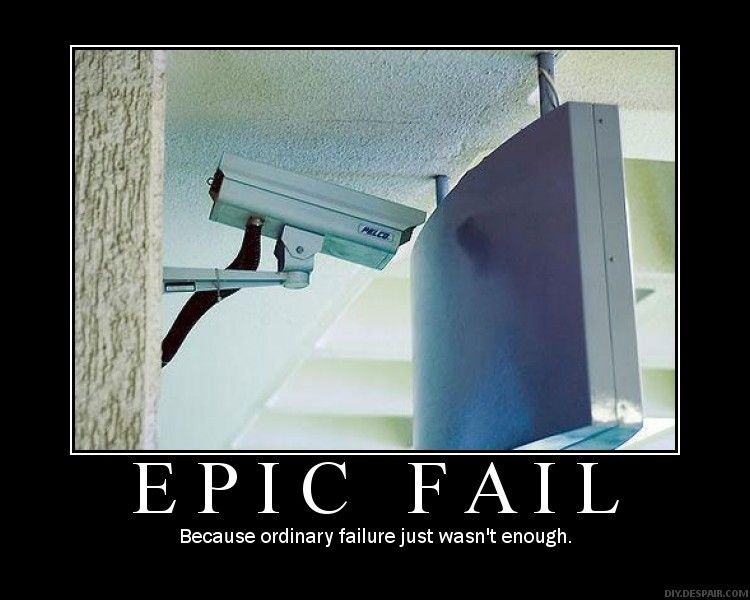- Joined
- 9 October 2009
- Messages
- 21,969
- Reaction score
- 13,616
https://www.flightglobal.com/news/articles/fire-risk-leads-raf-to-withdraw-sentry-from-operatio-431246/
JFC Fuller said:why Harpoon is going without replacement

bobbymike said:http://www.independent.co.uk/news/uk/home-news/britain-warships-type-45-destroyer-drones-defence-spending-a7563471.html
Britain’s Type 45 destroyers – which have been plagued by engine problems – are “as noisy as hell”, a former director of operational capability for the Ministry of Defence (MoD) Rear Admiral Chris Parry told The Sunday Times
Grey Havoc said:bobbymike said:http://www.independent.co.uk/news/uk/home-news/britain-warships-type-45-destroyer-drones-defence-spending-a7563471.html
Britain’s Type 45 destroyers – which have been plagued by engine problems – are “as noisy as hell”, a former director of operational capability for the Ministry of Defence (MoD) Rear Admiral Chris Parry told The Sunday Times
http://www.telegraph.co.uk/news/2017/02/05/british-warships-noisy-russian-submarines-can-hear-100-miles/
uk 75 said:One thing that puzzles me about naval procurement at the moment is that all navies seem to have problems knowing what ships to
produce and then have difficulties introducing them into service. The USN has only just got its Zumwalt and the LCS programme seems
to lurch from crisis to crisis.
Most West European navies have been reduced to a mixture of high end air defence ships, usually about 4 and some corvette designs.
It was so much easier before 1989 when we had a clear enemy fleet in being!
Foo Fighter said:Pity he seems not to know they have only built one of them. Poor sole.
Grey Havoc said:http://www.telegraph.co.uk/news/2017/09/14/royal-navy-laughing-stock-three-quarters-warships-action-struggling/
JFC Fuller said:The RN doesn't need a Juan Carlos as Albion, Bulwark and the Bays provide a floodable dock capability.
